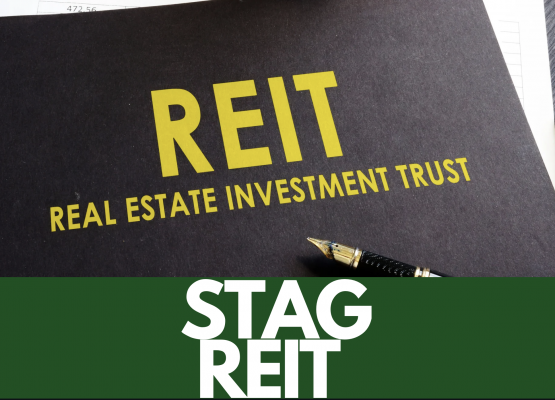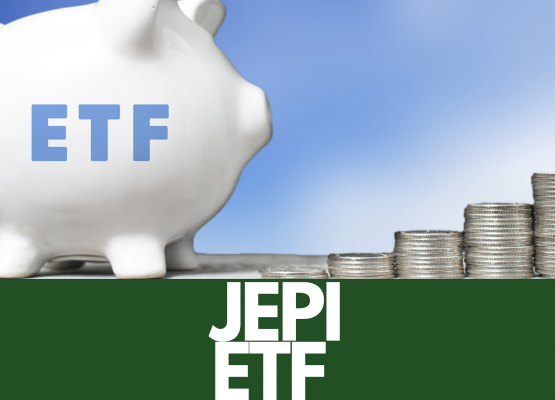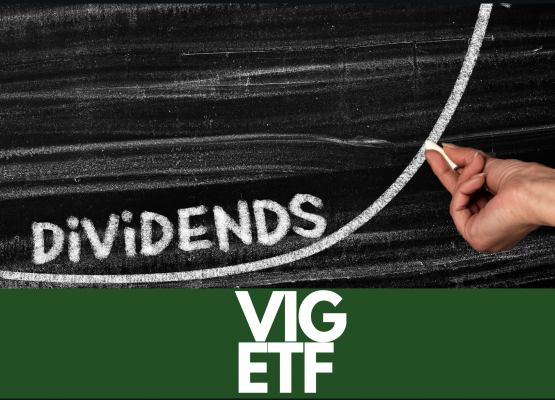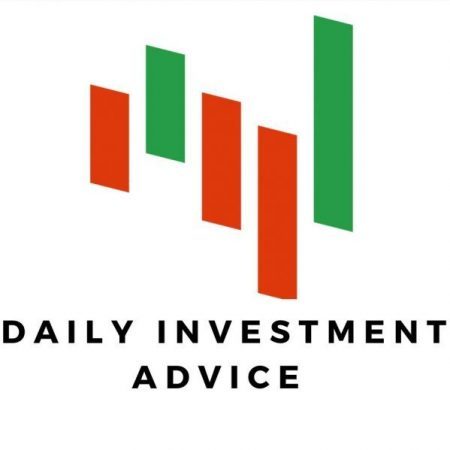Dividend Stocks

How to Make $1,000+ in Monthly Dividends
In the video below I discuss how you can realistically make $1,000+ in dividends every month, discussing some common and popular dividend stocks along with a monthly dividend ETF, to help compare how much it might take to make $1,000+ in dividends per month. Hope you guys enjoy!

Top 3 Dividend Paying Mining Stocks (Gold, Copper, Silver)
Welcome back to the channel and/or website! In today’s video I briefly discuss 3 mining stocks that also pay dividends. Mining stocks can be good because raw materials and commodity prices tend to go up with inflation over time, potentially providing a natural hedge. That said, I hope you will join me as we discuss […]

This Mining Stock Pays Nearly 8% (RIO)
In this video I discuss Rio Tinto Group (RIO) stock, which is an international mining company that pays nearly an 8% dividend yield. Hope you enjoy the video!

3 High Yield Monthly Dividend ETFs (JEPQ, JEPI, SPYI)
Thanks for tuning back into the channel! In this video I talk about how you can make monthly passive income with dividend ETFs that pay anywhere from 9 to 11% or more, depending upon the specific trend of the exchange traded fund, and what the exact yield is at the moment. these types of ETFs […]

This Dividend Stock Currently Pays a Juicy 7%+ Yield
Hello everyone! Welcome back to the website. Today we are discussing EPD stock (Enterprise Products Partners LP), which is a dividend stock that currently pays over a 7% dividend yield, and has a solid track record of raising its dividends. In fact, EPD has raised its dividend consistently for over 10+ years. We just wrote […]

EPD: A Solid Dividend Growth Stock for Retirement Investors (Enterprise Products Partners L.P.)
Introduction Enterprise Products Partners L.P. (EPD) is a North American provider of midstream energy services. With an large network of pipelines, storage facilities, and processing plants, EPD plays a crucial role in the transportation and processing of natural gas, natural gas liquids (NGLs), crude oil, and petrochemicals. As of writing this on May 24, 2024, […]

Stag Industrial Inc. (STAG) – A Deep Dive into Consistent Dividends and Strategic Property Investments
Introduction STAG Industrial Inc. can be considered a stalwart in the real estate sector, standing out for its specialized focus on single-tenant industrial properties across the United States. As a Real Estate Investment Trust (REIT), STAG has carved a niche in acquiring and managing warehouses and distribution centers that serve single tenants, a strategy that […]

Investing $100,000 into JEPI: Here’s How Much Passive Income You Can Make
l Hope you guys enjoy the video! The JEPI or J.P. Morgan Equity Premium Income ETF is an exchange traded fund or (ETF) I’ve been researching more recently, and I will have a complete guide on the exchange traded fund soon. I think this ETF is interesting and could make a good addition to ones […]

VIG ETF: Growth & Dividends, but at What Cost?
Hey everybody! Today, I wanted to discuss the VIG ETF, which stands for the Vanguard Dividend Appreciation Index Fund ETF (VIG). The VIG ETF is focused on long-term capital appreciation, along with a consistent, growing dividends over the long-term. In this video, I discuss how this ETF can potentially fit into your portfolio(s), and provide […]

How to Make $1,000+ Every Month with the JEPQ ETF
Welcome back to Daily Investment Advice! In this video, I discuss the JEPQ ETF or JP Morgan Equity Premium Income ETF (exchange traded fund). This ETF is focused on passive income and utilizing a covered call like strategy to generate regular, monthly income against the ETF. The video specifically discusses this in the context of […]
